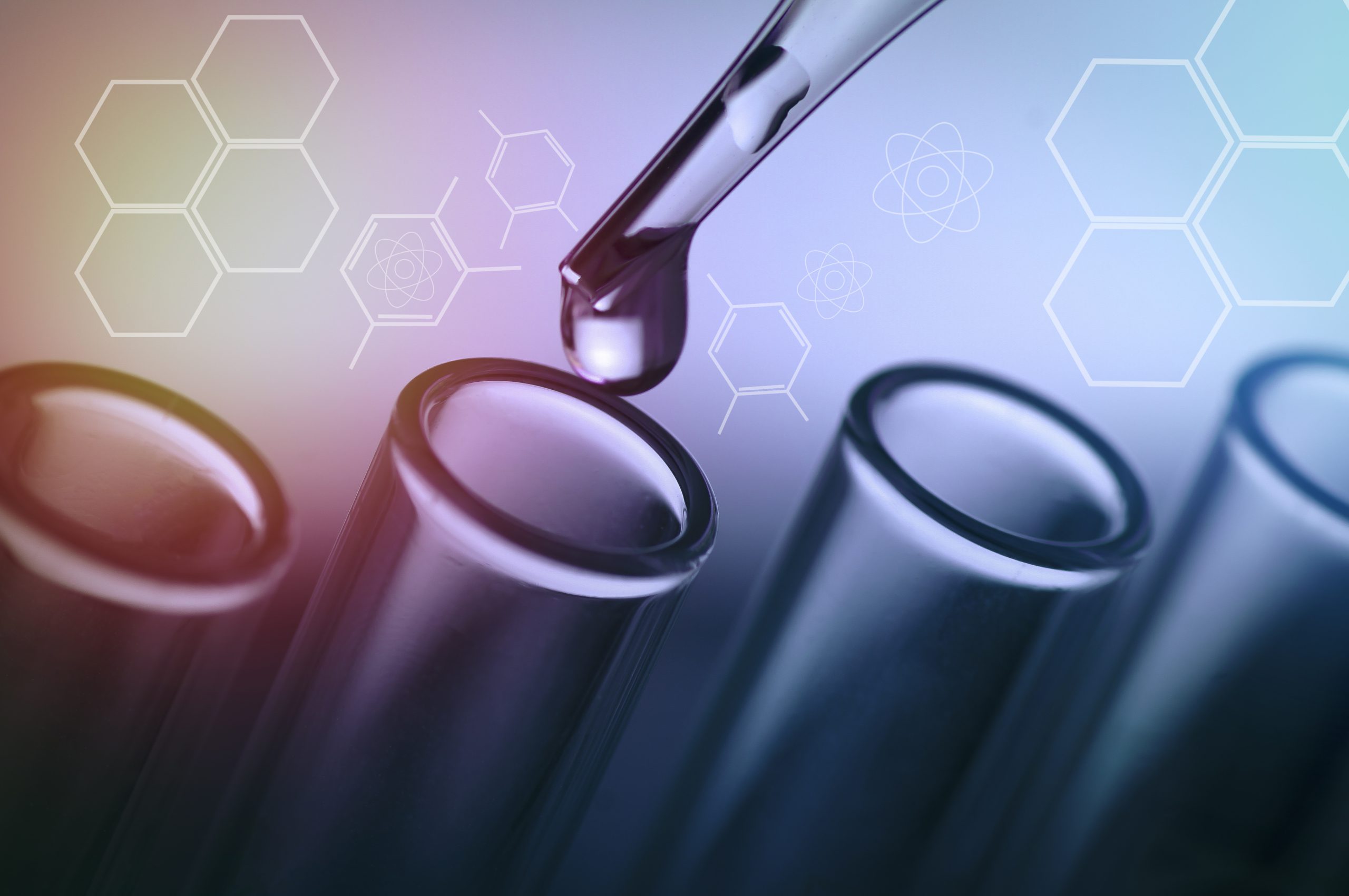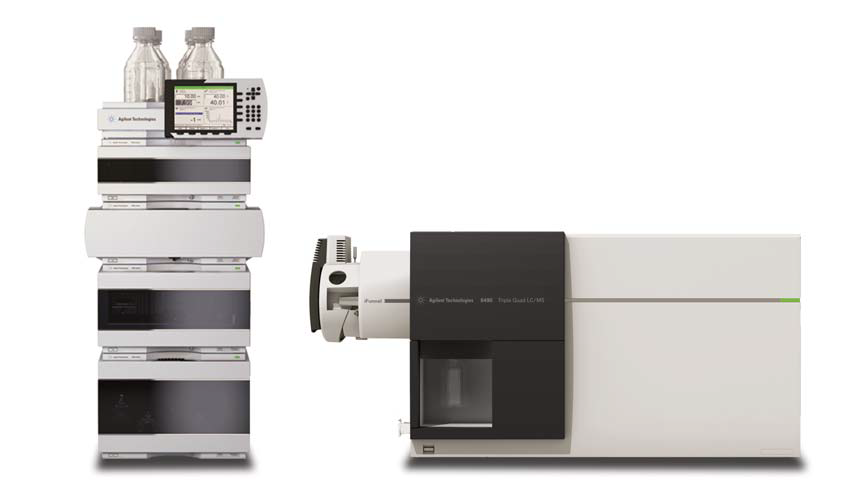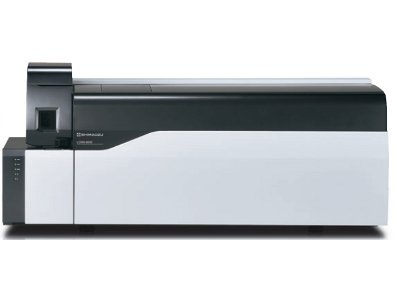PFAS, or Per- and Polyfluoroalkyl Substances, comprise a vast family of more than 4,000 complex chemical compounds. Since their synthesis in the 1940s, PFAS have been utilized in various industrial applications and consumer products, ranging from non-stick cookware to stain repellants, and even in firefighting foams. Renowned for their resistance to water, grease, and oil, they’re used in food packaging, outdoor clothing, and many more areas. Their molecular stability not only makes them highly effective but also extremely persistent in the environment. This persistence, however, has led to widespread environmental contamination and potential bioaccumulation in animals and humans. Growing scientific evidence has begun to link certain PFAS to a range of health issues, including hormone disruption, developmental problems, liver and kidney disease, and even cancer, sparking global concerns about their continued usage and environmental presence.
PFAS Analysis

PFAS (Per- and Polyfluoroalkyl Substances)
PFAS Testing Using LC-MS (Liquid Chromatography-Mass Spectrometry)
Testing for PFAS, given their multitude and complexity, presents a formidable analytical challenge. Liquid Chromatography-Mass Spectrometry (LC-MS) has emerged as one of the principal methodologies in PFAS analysis. This method combines the separating capabilities of Liquid Chromatography (LC) with the detection power of Mass Spectrometry (MS). LC separates the PFAS based on their interactions with a particular column material, while MS detects and identifies the compounds based on their mass-to-charge ratios. This synergy allows for both broad-spectrum screening and targeted quantitation of individual PFAS compounds. LC-MS can detect trace levels of PFAS in various matrices, such as water, soil, air, and biological tissues, providing essential insights into their distribution, concentration, and potential sources of contamination. Regulatory bodies, environmental agencies, and researchers heavily rely on LC-MS for its sensitivity, precision, and versatility in monitoring PFAS, driving efforts to understand the extent of contamination and to develop effective mitigation strategies. The method’s adaptability allows for continual refinement, aligning with the evolving understanding of PFAS and the growing need for rigorous environmental stewardship.

Precision Perfected for PFAS: LCMS-8050
Experience the pinnacle of analytical precision with our expertly refurbished Shimadzu LCMS-8050 LC/MS/MS, a hallmark product originally crafted by the esteemed Shimadzu. While our offerings are refurbished, their performance remains in its prime. A detailed application note illustrates the exceptional capability of the LCMS-8050 in PFAS quantitation, fully compliant with EPAM1633 standards. This rigorous evaluation ensured that all analytes were quantified at levels equal to or even below the Limit of Quantitation (LOQ) as stated in the draft method. Such results highlight the LCMS-8050’s unparalleled capacity for precise and robust PFAS analysis, aligning with today’s exacting laboratory standards in sensitivity and throughput. By opting for our refurbished Shimadzu LCMS-8050 LC/MS/MS, you’re not just acquiring an instrument; you’re investing in a legacy of proven, benchmarked excellence.
High Performance Triple Quadrupole MS
-
-
Shimadzu LCMS-8060 CL Triple Quad LC-MS/MS with Nexera CL UHPLC (Medical/ in Vitro)
Condition:Refurbished
Request QuoteView -




